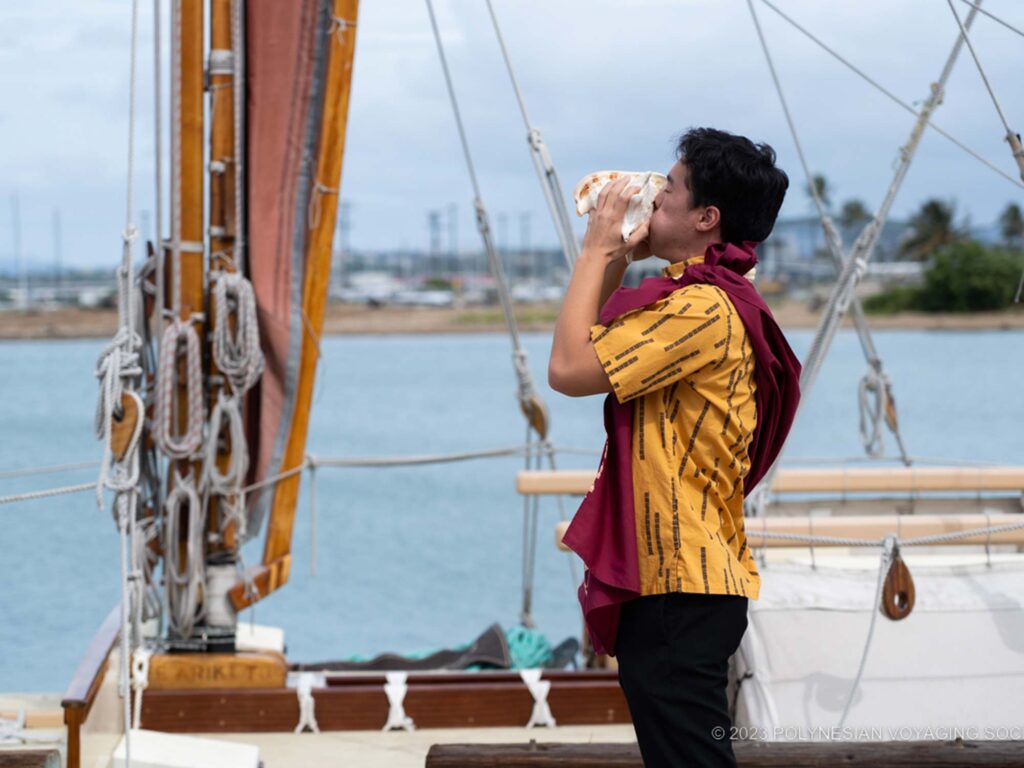
Imagine losing your chart plotter midway through a passage. Now, imagine tossing out your autopilot, compass and all the paper charts too. Navigating thousands of ocean miles without modern navigational equipment takes sailing to a whole new level.
Or, rather, it returns us to the roots of ancient sailors, using nature to find our way.
More than a millennium ago, traditional Polynesian explorers voyaged between far-flung islands using a suite of natural clues: the direction of swells, the flight path of birds, the position of stars, the color of clouds.
The Polynesian Voyaging Society is reviving the art and science of wayfinding with replicas of ancient voyaging canoes. Since its inaugural voyage from Hawaii to Tahiti in 1976, the society has inspired people worldwide to embrace traditional navigation and Indigenous knowledge. The voyages made by hundreds of crew members have sparked a cultural renaissance.
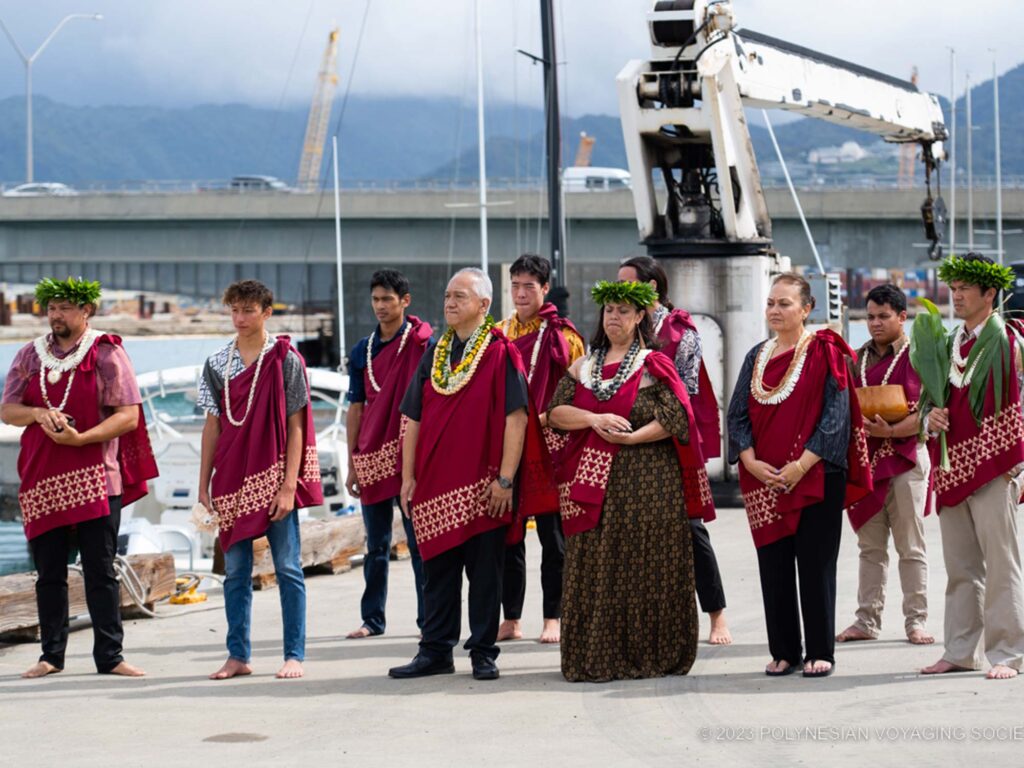
“We use voyaging to inspire other Indigenous communities about reclaiming their culture and how that’s connected to caring for the Earth and oceans,” says Sonja Swenson Rogers, the society’s communications director.
Last week, the society announced the Moananuiākea Voyage, a four-year circumnavigation of the Pacific that will launch June 10 from Juneau, Alaska. Two canoes, Hōkūleʻa and Hikianalia, will carry 400 rotating crew members an estimated 43,000 nautical miles. The plan is to visit 36 countries and archipelagoes, nearly 100 Indigenous territories and more than 300 ports—all using traditional wayfinding.
“Every day, a navigator needs to make 5,000 observations, of a wave or a bird or a star, and make 500 choices about trim, course, steering, and then make two decisions at sunrise and sunset,” says Nainoa Thompson, CEO of the Polynesian Voyaging Society and a master navigator.
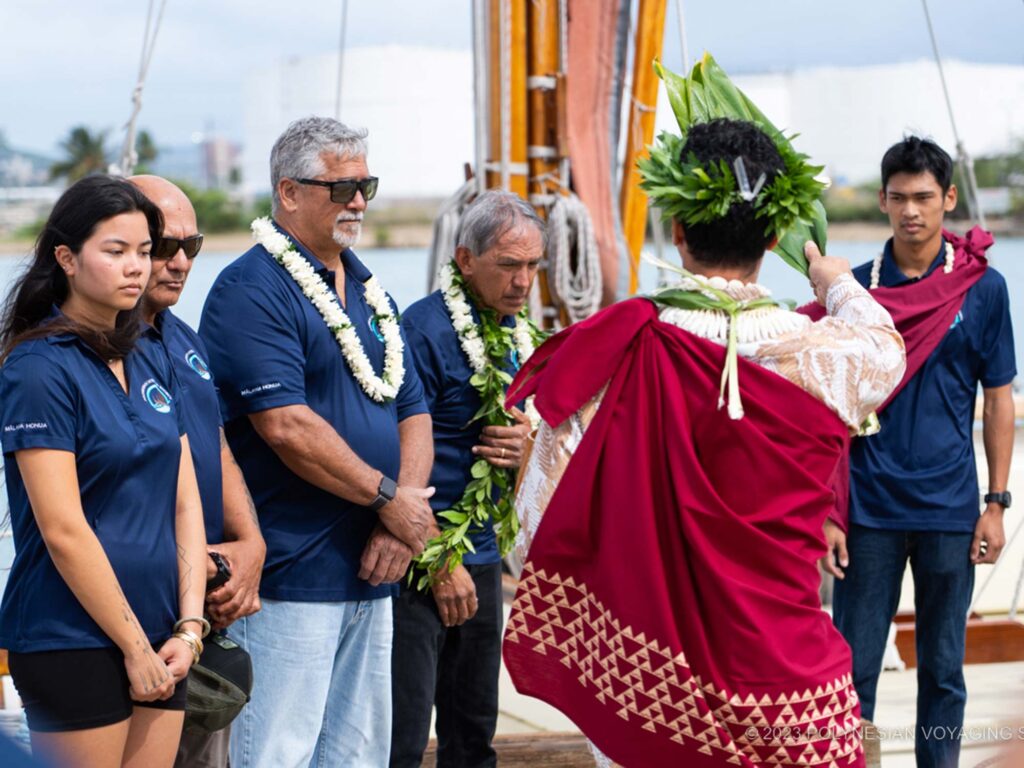
Thompson was the first Polynesian in at least 600 years to use wayfinding for long-distance, open-ocean voyaging. He studied under Mau Piailug, a master navigator from the Micronesian island of Satawal, who led Hōkūleʻa to Tahiti on her first voyage. European colonizers believed the native peoples accidentally drifted across the sea, but modern wayfinders have proved that skilled explorers can navigate purposefully and precisely between Pacific islands just as their ancestors did.
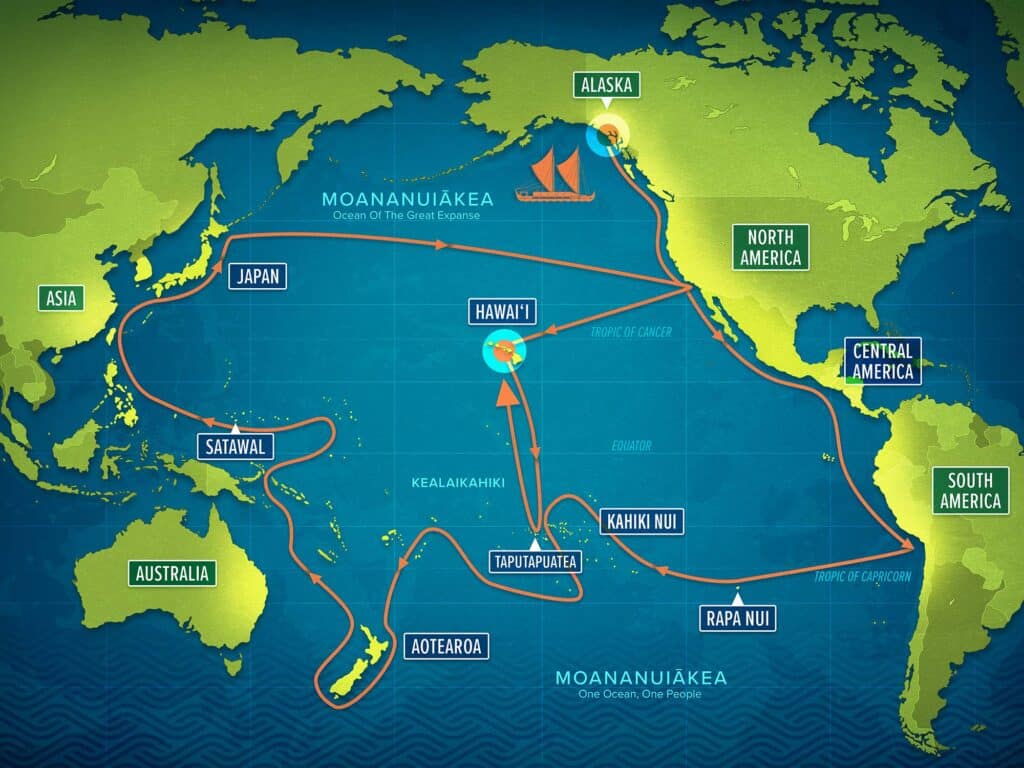
During the past four decades, Thompson has dedicated much of his time to training new navigators from Hawaii and other Pacific islands. He says the goal of the Moananuiākea Voyage is to ignite a movement of 10 million “planetary navigators” to help steer “our island Earth” toward a healthy, thriving future. “This is about not just the oceans; this is about taking discovery and moving it towards choices and…action that we believe is going to help build a future that is good enough for our kids,” Thompson says.
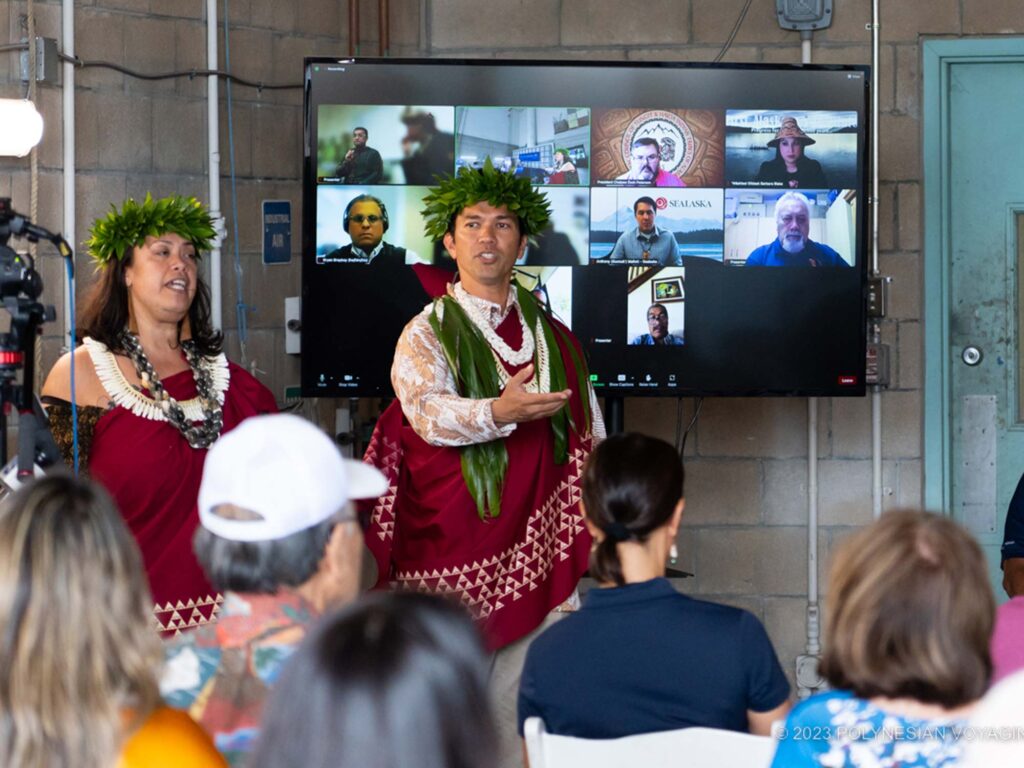
Moananuiākea (the Hawaiian word for the Pacific Ocean) will be Hōkūleʻa’s 15th major voyage. Hōkūleʻa will be shipped on a barge from Hawaii to Tacoma, Washington, on April 16, then make its way north to Auke Bay in Juneau, Alaska, the traditional lands of the A’akw Kwáan. On June 15, Hōkūleʻa will begin its circumnavigation of the Pacific after a ceremony with leaders from Taiwan, French Polynesia, the Rapa Nui people of Easter Island, and New Zealand (which the Maori call Aotearoa). Traditional canoes from First Nations will also be in Auke Bay to pay homage to Indigenous peoples and communities in Alaska, Rogers says.
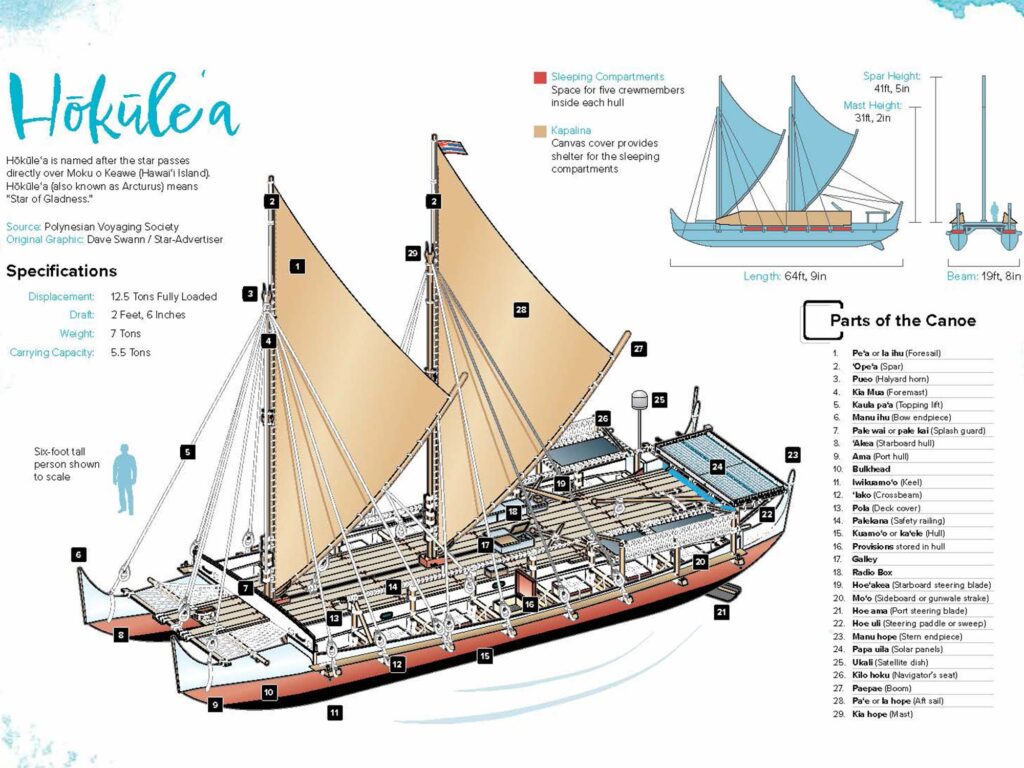
Hikianalia will join the voyage in August in Seattle, and then the sister canoes will navigate south along the west coasts of North and South America. In spring 2024, the canoes will begin sailing through Polynesia, arriving in New Zealand during the first half of 2025. From there, the voyage will move north to Melanesia, Micronesia, Palau and Japan, where the canoes will be shipped to California at the end of 2026. The circumnavigation will wrap up with a sail from Los Angeles to Hawaii, and a round-trip visit to Tahiti in spring 2027.
“The incredible, beautiful cultural revival—it’s a big part of the voyage,” Rogers says. “We want to share our story and hear others’ stories.”
Follow the Moananuiākea Voyage and learn more at hokulea.com and waahonua.com.








